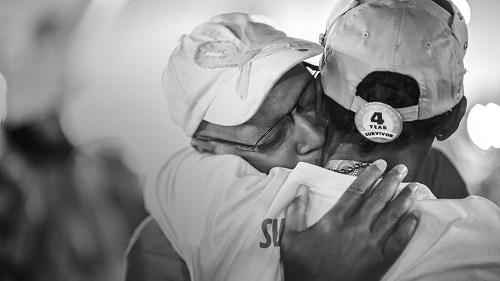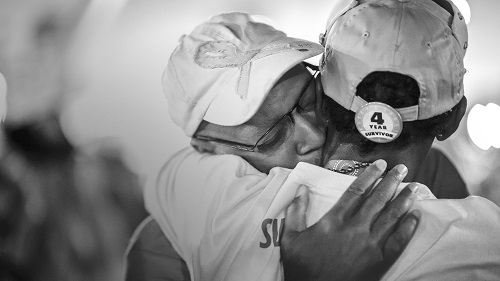

The nonprofit said it will conduct its work and advocacy from its Dallas headquarters. The organization’s help line and treatment assistance program will remain intact.
But what sports commissions and CVBs began asking was a far more specific question: Will the Race for the Cure go away as well? After all, those events were administered by the local offices. And if those events went away, communities stood to lose out on substantial economic impact.
Like those of many organizations, Komen’s signature events, the Race for the Cure and the More Than Pink Walk, went virtual when the pandemic hit. Another event, the Komen 3-Day, a 60-mile walks scheduled for Boston, Chicago, Dallas/Fort Worth and San Diego, were postponed.
Fast-forward to October – which is Breast Cancer Awareness Month, as well we the time many of the Komen events were traditionally held. The lack of those events is being acutely felt by cities. And as of right now, the Komen site does not have much in the way of information on events for 2021 – something bound to shake up communities even further.
But, said Kari Bodell, Vice President of Development Programs Strategy for Komen, the live programs will return.
“We absolutely see them returning. But we see them returning when the time is right. When the health of our supporters and the people we’re supporting is not something we need to worry about. When everyone can participate safely.”
The population the race serves – made up of not just active runners and walkers with no health issues – but plenty of individuals who have survived cancer or who are currently battling it, as well as those who care for them – creates a complicating factor when it comes to live events, she notes. And that’s understandable, considering some of Komen’s live events can garner thousands (sometimes tens of thousands) of participants.
But cities will be glad to see them return, since they represent enormous pieces of business. For example, in Baltimore, the impact from a one-day event alone is significant.
According to the Baltimore Sun, calculations by Daraius Irani, chief economist for the Regional Economic Studies Institute at Towson University, found that the Komen race, traditionally held in October 2015, generated about $11.6 million in economic impact, including spending by participants and spectators on food, lodging and souvenirs, as well as spin-off from temporary jobs and purchasing of supplies such as T-shirts and medals.
It's not inconsequential for a city that size, either. In fact, in comparison with the Baltimore Running Festival (the weekend-long event also held in October that includes not only a marathon, half marathon and relay but a kids’ fun run, 5K and even a .05K – in which participants lined up and then ran to a beer keg to grab a drink), the Komen event made about one third to 40 percent of the total of the BRF, based on its size. About 25,000 people participated in the BRF.
“These race and walk days are really special moments,” says Bodell, “and the local businesses and restaurants feel the impact. You have people coming in early to meet for a cup of coffee or go out afterwards for lunch. The events really impact cities in positive ways, and they are missed when they don’t happen.”
The Komen race in Baltimore was once even bigger, drawing 30,000 participants with fundraising goals of $3 million for its causes, but participation dropped off after a political flap in 2012. (Background: The national organization said it would stop funding Planned Parenthood centers, which offer breast cancer screenings along with abortions. After an enormous backlash, the group quickly reversed itself).
Virtual events have been offered for 2020, and Bodell says Komen has seen excellent participation in these, resulting in millions of dollars in funding. Like all events, however, the total income is down from that generated by participation in traditional races.
Something that is an advantage to the organization is the fact that it is saving money this year.
But says Bodell, it’s not as much about the streamlining of operations into the national office “as it is about the expenses needed to stage an actual live event – we aren’t having to do permitting, rent port-a-potties, provide water, everything associated with the race itself. We have over 90 runs and walks across the country in a typical year, so it’s not inconsequential.”
Because each chapter previously ran its own events, there is currently no figure for total expenses; however, Bodell says that once it is compiled, it will obviously be substantial.
Something she says is missing is also the chance for survivors to connect and for people to show their support for those affected by breast cancer.
“When you’re not gathering together, you’re missing those moments. We’re looking forward to having them return.”

